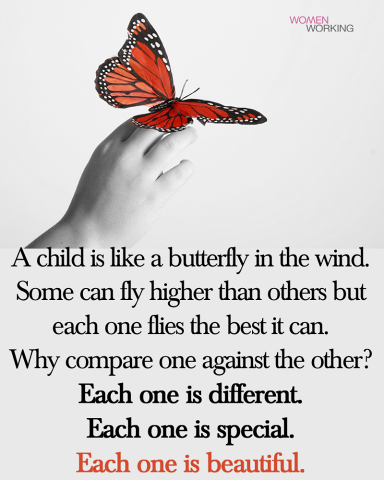
Inspired Dad Transforms the Way Special Needs Children Develop and Learn
Autism Warrior: Rupert Isaacson is founder and co-director of the Horse Boy Foundation which consists of two main programs:
The Horse Boy Method, an equine therapy that addresses the nervous system and builds neuroplasticity for autism, attention deficit disorder (ADD) and other related conditions
Movement Method, a kinetic learning program applicable for both home and classroom.
Both of these dynamic programs work with the brain and nervous system, getting long-term kinetic learning and brain training by doing movement-based activities that act on the learning receptors of the brain. The foundation now works in 20 countries and serves about 30,000 families per week, a number that is rising. It’s neuroscience disguised as play and works for kids and adults alike. Rupert said autism is their specialty, but they work with all neurocognitive diagnoses including attention deficit hyperactivity disorder (ADD/ADHD), anxiety, depression, eating disorders, post-traumatic stress disorder (PTSD) and more. Schools are adopting their kinetic learning modules for neurotypical kids, too.
Location: Headquarters is located in Austin, Texas but satellite locations are located all over North America and Europe with new programs starting in South America and Southern Africa.
Accomplishments: Rupert said their main achievement is that they are the only autism program that they know of led and mentored by people with autism. Because of this base, along with mentoring from Dr. Temple Grandin and others from the start, they achieved the results they wanted. Rupert said they reached out to several neuroscientists including those from the University of California and the Marie Curie Institute in Paris to better understand WHY the program was so successful. The consensus was that they had figured out a way to make the body move that shuts off the cell danger response (stress) that impairs learning and which, in turn, switches on the cerebellum (motor and social skills), Purkinje cells (communication between the different parts of the brain), the vestibular system (balance and attention, i.e., long-term learning), and producing brain-derived neurotrophic factor (BDNF), which ups the IQ and engages the logic and reasoning centers of the brain.
Rupert added, “The fact that we got here by following what autistic people themselves told us to do, rather than imposing theories from the outside, is probably our greatest accomplishment.”
Inspiration: Rupert said his son Rowan, diagnosed with severe autism in 2004, is his greatest inspiration. At 15 years old Rowan has a job, a life, and a whole world of his own creation and is the most empathetic, quiet, egoed, yet brilliant young man he has ever met.
Goals: To consign to the historical trashcan, where it belongs, the notion that anyone, let alone children, let alone autistic children, need to suffer to learn. The science just doesn’t support it.
Advice for families affected by autism: “Celebrate the gifts—the amazing memory, the ability to focus interest and intellect, the quiet ego that is so healing just to be around. Follow the child’s interests and obsessions and design his or her world and learning around those. Spend hours a day in nature away from bad sensory triggers. Eliminate those home triggers (fluorescent lights, cleaning solvent smells, cigarette smoke, perfume, rooms that echo, and all the other well-documented negative triggers). Get a nice big quiet dog. Put a trampoline in the backyard and USE it. Go slide in the mud on rainy days and go to the pool on hot days. Regard autism as a set of gifts, not a problem to be fixed. Teach life skills but don’t make someone feel bad about who they are. Consult with adult autists and follow their advice. Learn the basic neuroscience of how the brain’s learning centers work and apply them by taking our online Movement Method course.”
Websites: kidsmustmove.com and horseboyfoundation.org
This article was featured in Issue 72 – Sensory Solutions For Life